Home>Furniture & Design>Bedroom Furniture>Why Does My Memory Foam Mattress Sink
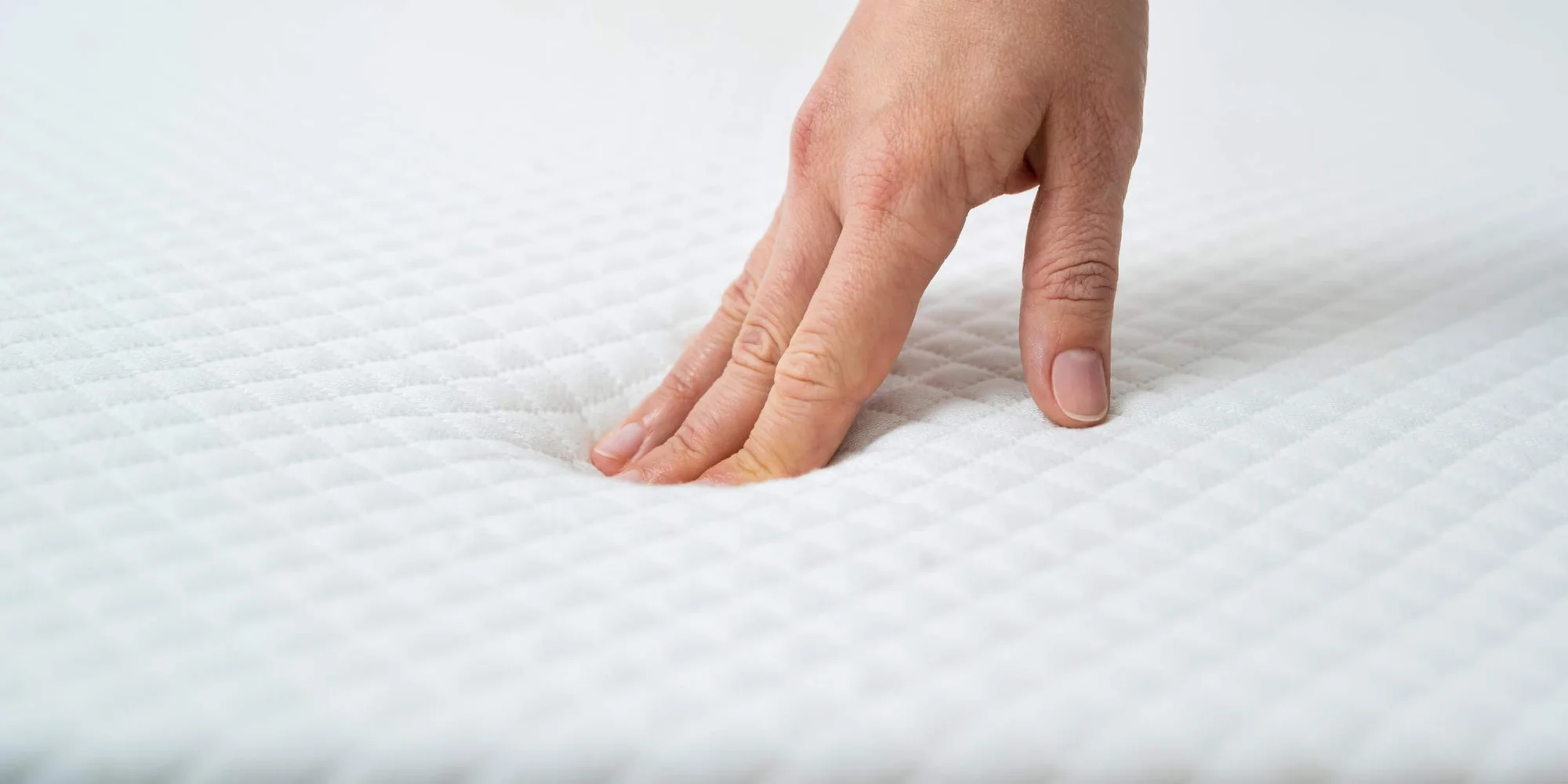

Bedroom Furniture
Why Does My Memory Foam Mattress Sink
Modified: January 14, 2024
Discover the reasons behind your memory foam mattress sinking and how to address this issue. Get expert advice on bedroom furniture, design, and more.
(Many of the links in this article redirect to a specific reviewed product. Your purchase of these products through affiliate links helps to generate commission for Storables.com, at no extra cost. Learn more)
**
Introduction
**
Welcome to the world of luxurious comfort and restful sleep! If you've ever experienced the sinking feeling of your memory foam mattress, you're not alone. Many individuals have encountered this issue, leading to questions about why it happens and how to prevent it. In this article, we'll delve into the fascinating realm of memory foam mattresses, exploring the reasons behind their sinking tendencies and offering valuable insights into how to maintain their pristine condition.
Whether you're a devoted fan of memory foam mattresses or considering investing in one, understanding the factors contributing to their sinking can help you make informed decisions and ensure a blissful night's sleep. So, let's embark on a journey through the realm of bedroom comfort and discover the secrets of preserving the integrity of your memory foam mattress.
Key Takeaways:
- Memory foam mattress sinking can be caused by material degradation, improper foundation support, temperature fluctuations, and body impressions. Proactive measures like rotating, using a supportive foundation, and controlling environmental conditions can prevent sinking and prolong the mattress’s lifespan.
- To maintain a memory foam mattress, regularly rotate and flip it, use a supportive foundation, add a mattress topper, control temperature and humidity, and keep it clean. These proactive measures can prevent sinking and ensure enduring comfort and support.
Read more: Why Memory Foam Mattresses Are Bad
Understanding Memory Foam Mattresses
Before delving into the reasons behind memory foam mattress sinking, it's essential to comprehend the unique characteristics of memory foam. Originally developed by NASA in the 1970s to improve the safety of aircraft cushions, memory foam, also known as viscoelastic foam, has evolved into a popular material for mattresses due to its exceptional comfort and pressure-relieving properties.
Memory foam mattresses are renowned for their ability to contour to the body, providing personalized support and cushioning. This adaptive quality allows them to distribute body weight evenly, alleviating pressure points and promoting a more restful sleep experience. Additionally, memory foam is highly responsive to temperature, softening in response to body heat and molding to the body's shape.
Moreover, memory foam exhibits motion isolation, meaning that movement on one side of the mattress minimally affects the other, making it an ideal choice for couples or individuals sensitive to disturbances during sleep. These attributes contribute to the widespread appeal of memory foam mattresses, offering a cocoon-like sensation that cradles the body and fosters deep relaxation.
Understanding the distinctive characteristics of memory foam mattresses provides valuable insight into their behavior and maintenance requirements. By recognizing the material's inherent qualities, you can effectively address issues such as sinking and prolong the longevity of your mattress.
Reasons for Memory Foam Mattress Sinking
While memory foam mattresses are celebrated for their exceptional comfort and support, they may experience sinking over time due to various factors. Understanding the reasons behind this phenomenon can empower you to take proactive measures in preserving the integrity of your mattress. Here are some common causes of memory foam mattress sinking:
- Material Degradation: Over time, the cellular structure of memory foam may deteriorate, leading to a reduction in its ability to spring back to its original shape. Continuous compression from body weight and environmental factors can contribute to this degradation, causing the mattress to develop indentations and lose its supportive properties.
- Improper Foundation: The foundation on which the memory foam mattress rests plays a crucial role in its longevity. Placing the mattress on an inadequate or sagging foundation can accelerate wear and tear, resulting in premature sinking. It is essential to ensure that the mattress is adequately supported to maintain its structural integrity.
- Temperature and Humidity: Fluctuations in temperature and humidity levels can impact the performance of memory foam. Exposure to high levels of heat and moisture can soften the foam excessively, leading to accelerated wear and a higher susceptibility to sinking. Conversely, extremely low temperatures can cause the foam to become rigid, affecting its ability to conform to the body.
- Body Impressions: Prolonged pressure on specific areas of the mattress, such as the hips and shoulders, can result in the formation of permanent body impressions. While memory foam is designed to contour to the body, excessive and repetitive pressure on localized regions can lead to indentations and sinking, compromising the overall support provided by the mattress.
By recognizing these underlying causes of memory foam mattress sinking, you can implement effective strategies to mitigate these issues and preserve the quality of your mattress. Addressing these factors proactively can significantly extend the lifespan of your memory foam mattress, ensuring enduring comfort and support for years to come.
To prevent your memory foam mattress from sinking, rotate it regularly to distribute weight evenly and use a mattress topper for added support.
How to Prevent Memory Foam Mattress Sinking
Preserving the pristine condition of your memory foam mattress involves proactive measures to prevent sinking and maintain its supportive properties. By incorporating the following strategies into your mattress care routine, you can prolong its lifespan and ensure a consistently comfortable sleeping surface:
- Rotate and Flip: Regularly rotating your memory foam mattress can promote even wear and minimize the formation of permanent body impressions. Additionally, if your mattress is double-sided, flipping it periodically can distribute the impact of body weight more evenly, reducing the risk of sinking in specific areas.
- Supportive Foundation: Ensure that your memory foam mattress is placed on a sturdy, supportive foundation. Whether it’s a platform bed, slatted base, or box spring, the foundation should offer consistent support across the entire surface of the mattress, preventing premature sinking and maintaining its structural integrity.
- Use a Mattress Topper: Adding a high-quality mattress topper can provide an extra layer of cushioning and support, reducing direct pressure on the memory foam and mitigating the risk of indentations. Opt for a topper specifically designed for memory foam mattresses to complement the existing comfort layers.
- Temperature and Humidity Control: Maintain a moderate and consistent environment for your memory foam mattress. Avoid exposing it to extreme heat or humidity, as well as prolonged exposure to direct sunlight, which can accelerate foam degradation. Using a dehumidifier in humid climates and ensuring adequate ventilation can help preserve the mattress’s structural integrity.
- Regular Cleaning and Maintenance: Keep your memory foam mattress clean and free from dust and debris. Use a gentle upholstery cleaner or a solution of mild detergent and water to spot-clean any stains, and ensure thorough drying before covering the mattress. Regular vacuuming with a soft brush attachment can help prevent the accumulation of particles that may affect the foam’s performance.
Implementing these preventive measures can significantly reduce the risk of memory foam mattress sinking and contribute to its long-term durability. By being proactive in caring for your mattress, you can enjoy consistent comfort and support, enhancing the quality of your sleep and overall well-being.
Conclusion
As we conclude our exploration of memory foam mattress sinking, it’s evident that understanding the underlying causes and implementing preventive measures are essential for preserving the integrity of this popular bedding choice. Memory foam mattresses, renowned for their exceptional comfort and body-conforming properties, require conscientious care to mitigate the risk of sinking and maintain their supportive characteristics.
By comprehending the impact of factors such as material degradation, improper foundation support, temperature and humidity fluctuations, and body impressions, individuals can take proactive steps to safeguard their memory foam mattresses against premature sinking. From regular rotation and the use of supportive foundations to controlling environmental conditions and employing protective measures, there are various strategies to prolong the lifespan of memory foam mattresses and uphold their comfort and quality.
Ultimately, investing in a memory foam mattress represents a commitment to superior sleep comfort, and by embracing the principles of proactive maintenance, users can enjoy sustained support and restful nights for years to come. By incorporating the recommended preventive measures into their mattress care routine, individuals can mitigate the risk of sinking, preserve the structural integrity of their memory foam mattresses, and continue to experience the unparalleled comfort and rejuvenation they provide.
As you embark on your journey with a memory foam mattress or seek to enhance the longevity of your existing one, remember that proactive care is the key to ensuring enduring comfort and support. With a mindful approach to maintenance and a commitment to implementing preventive strategies, you can savor the enveloping embrace of your memory foam mattress and revel in the rejuvenating benefits of a truly restful sleep experience.
Frequently Asked Questions about Why Does My Memory Foam Mattress Sink
Was this page helpful?
At Storables.com, we guarantee accurate and reliable information. Our content, validated by Expert Board Contributors, is crafted following stringent Editorial Policies. We're committed to providing you with well-researched, expert-backed insights for all your informational needs.
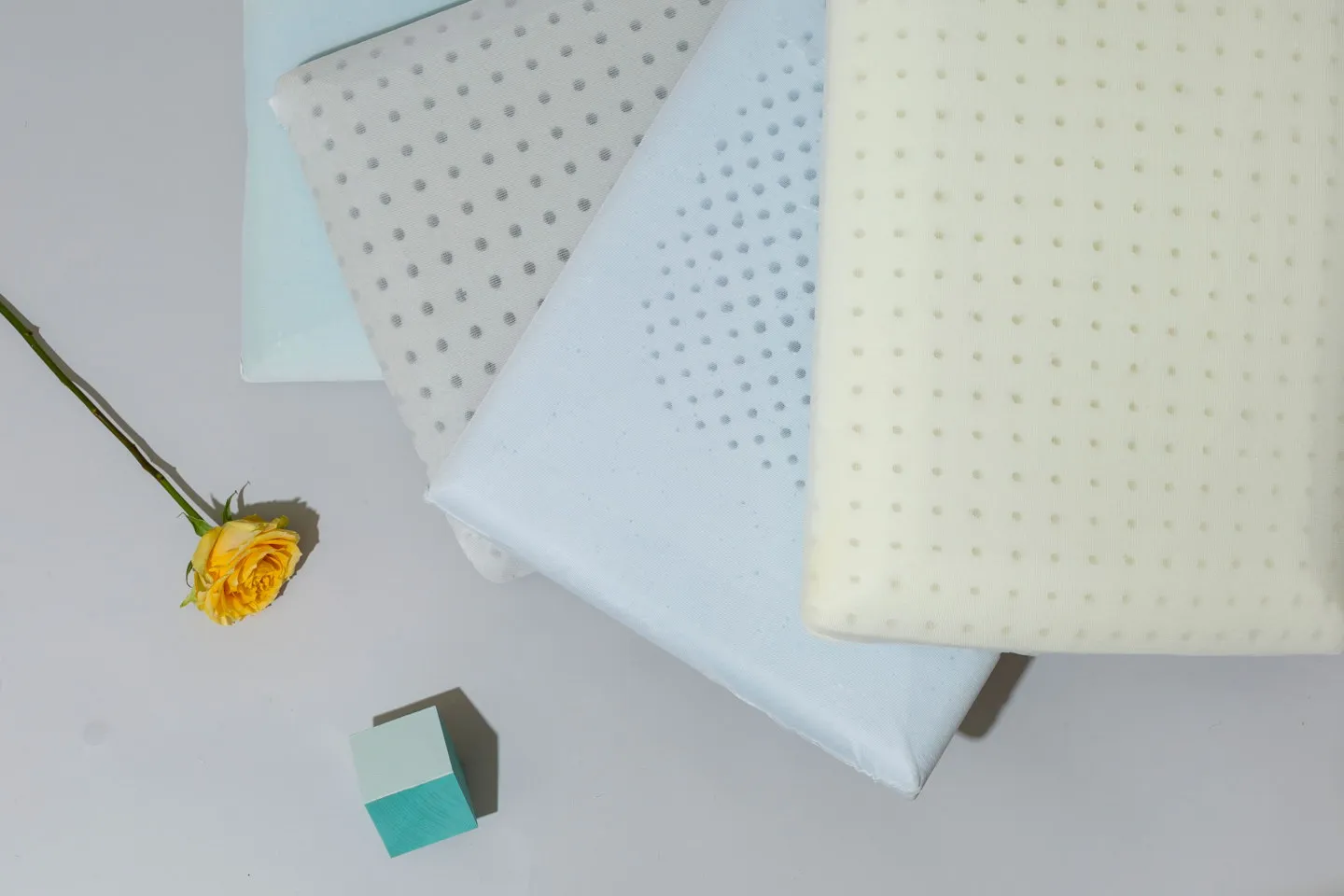


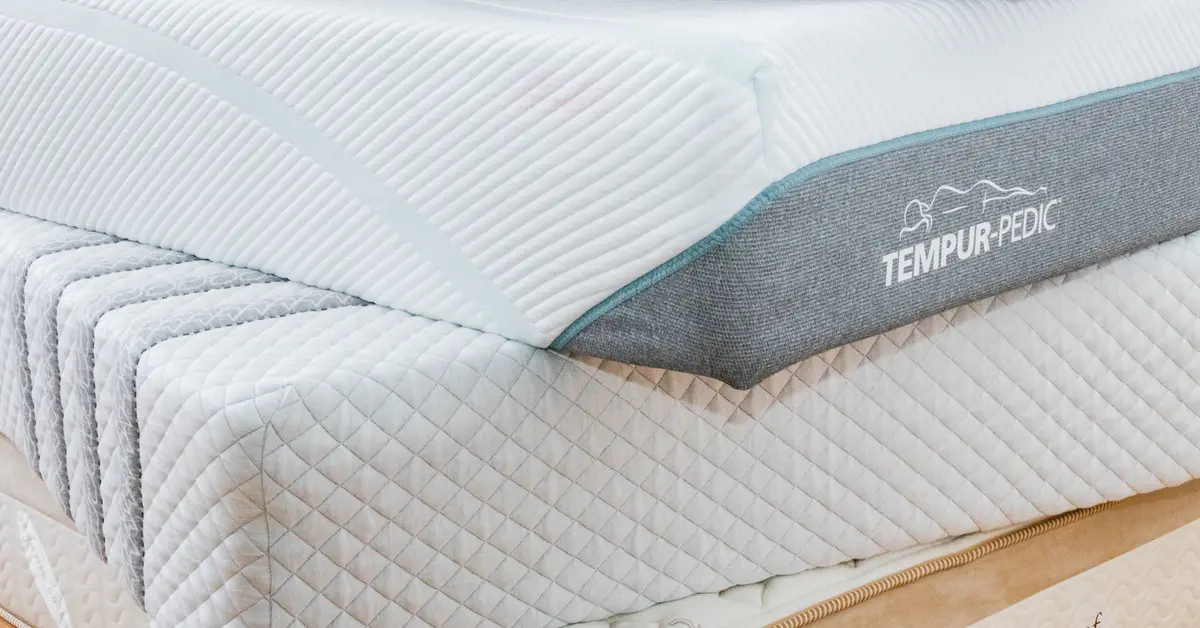
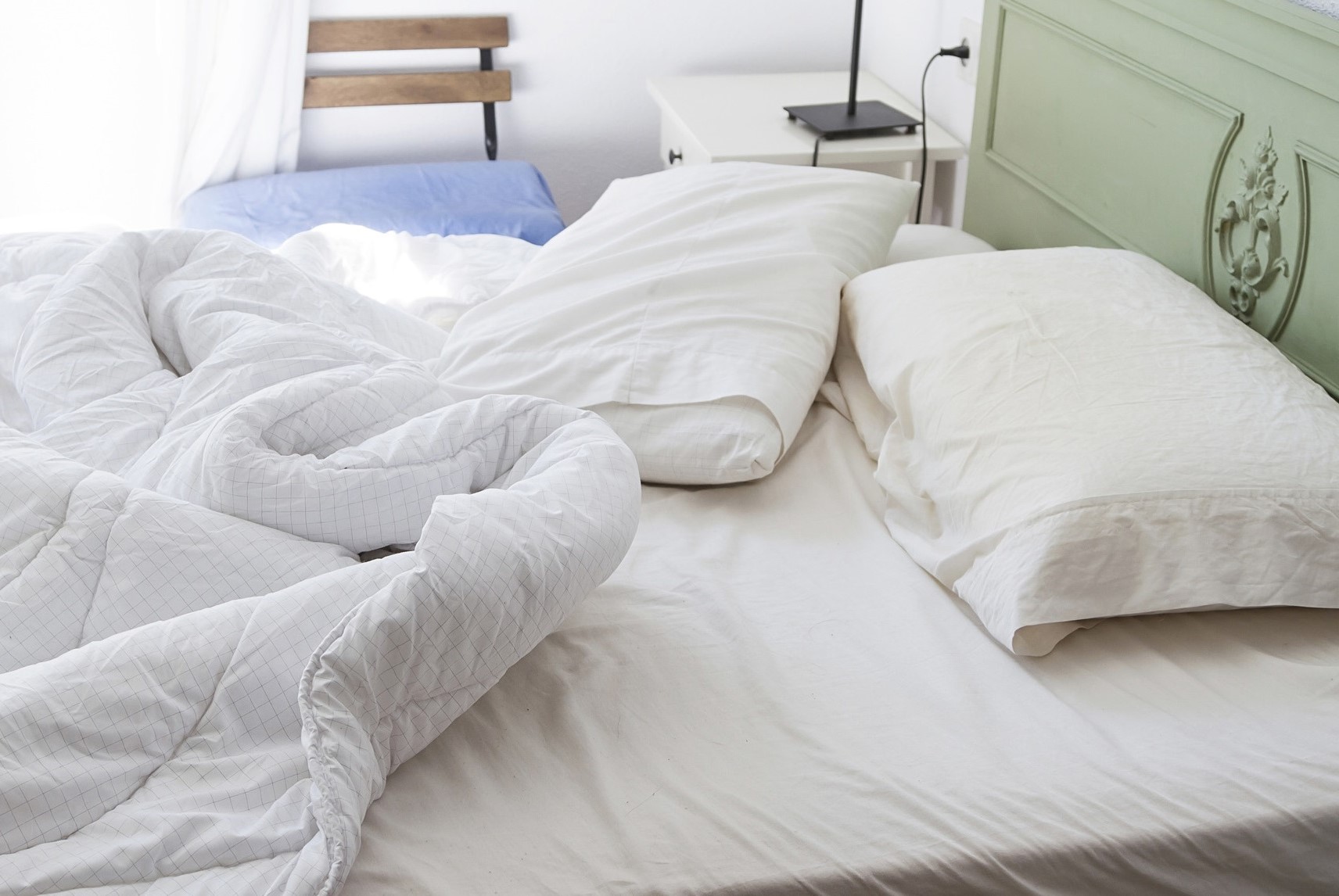

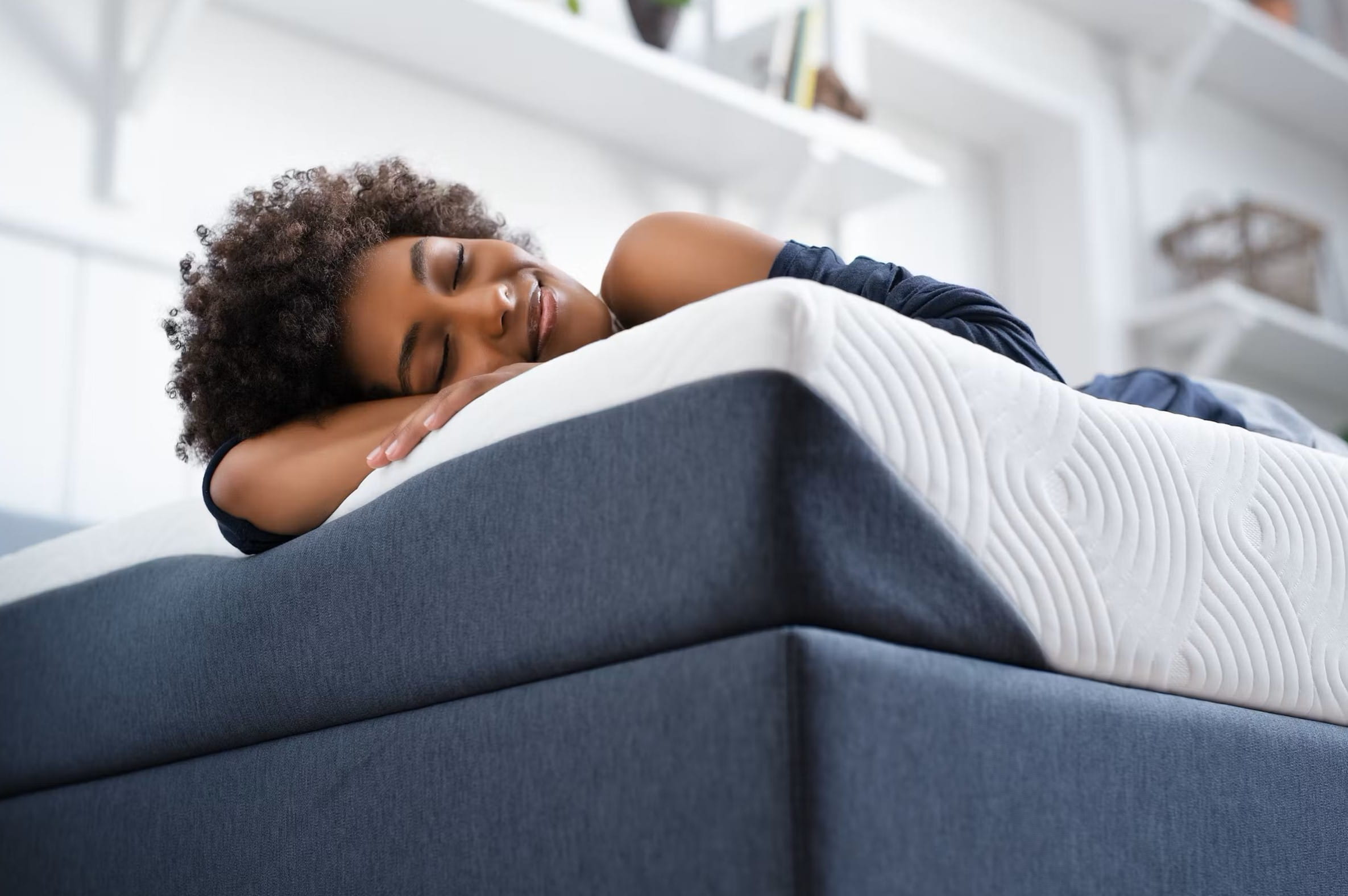
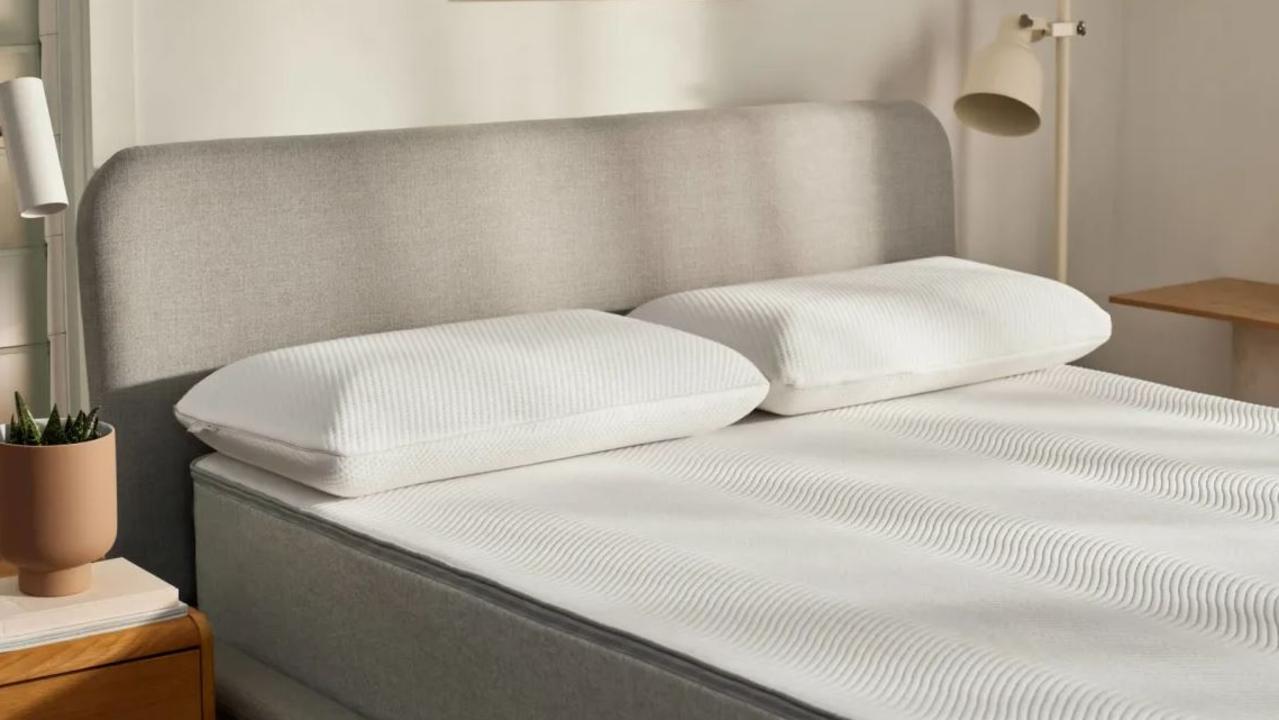
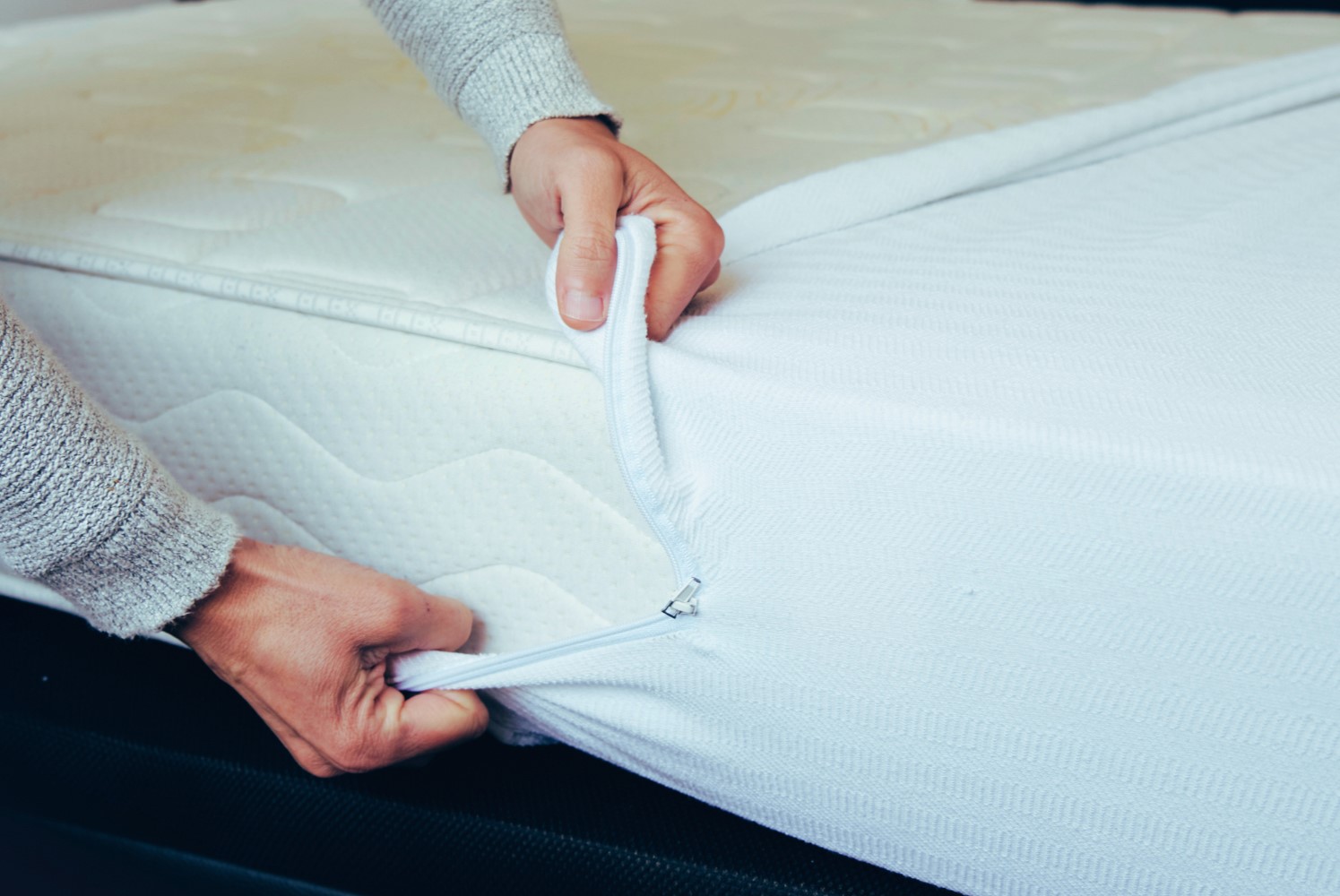
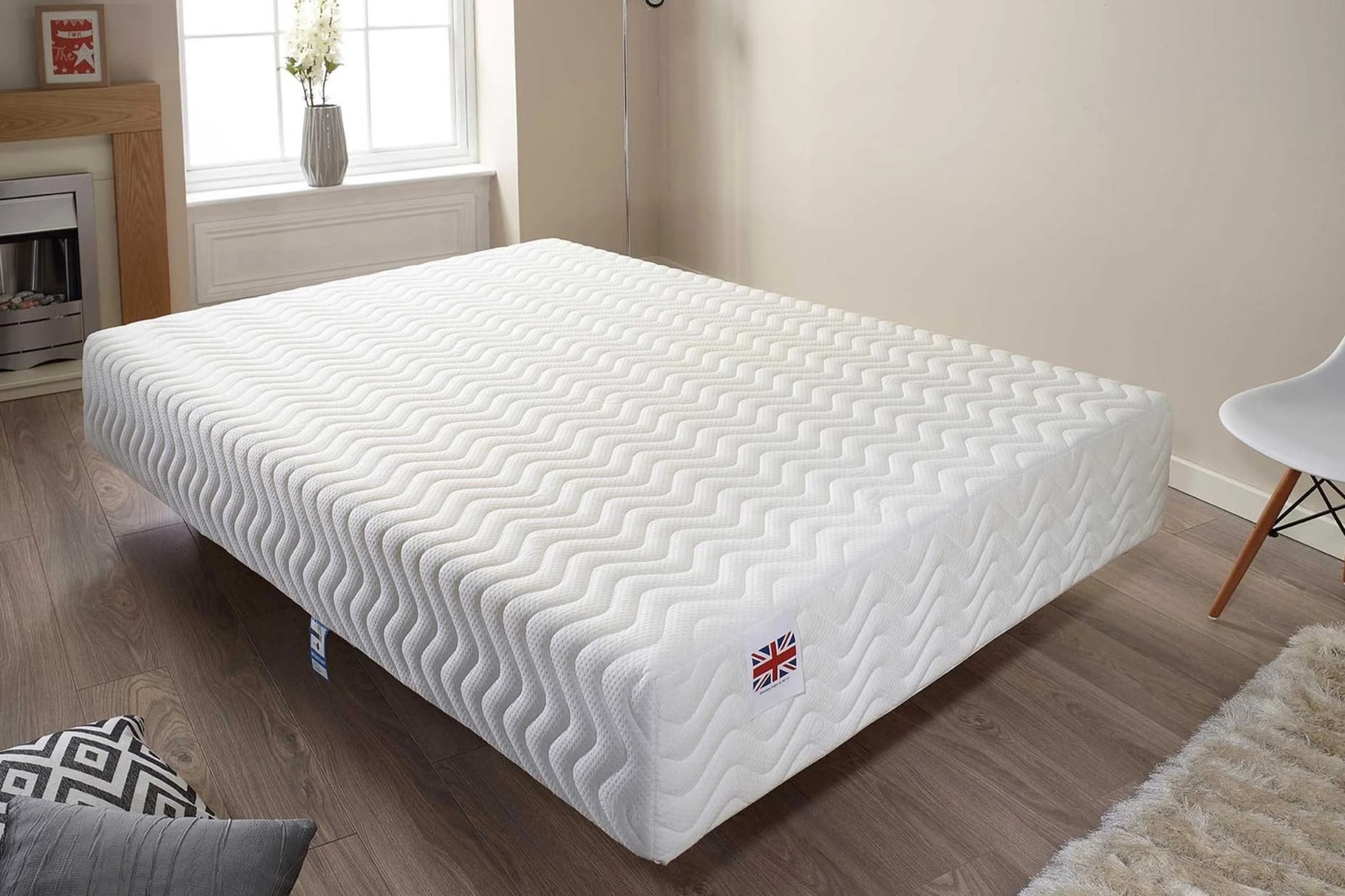
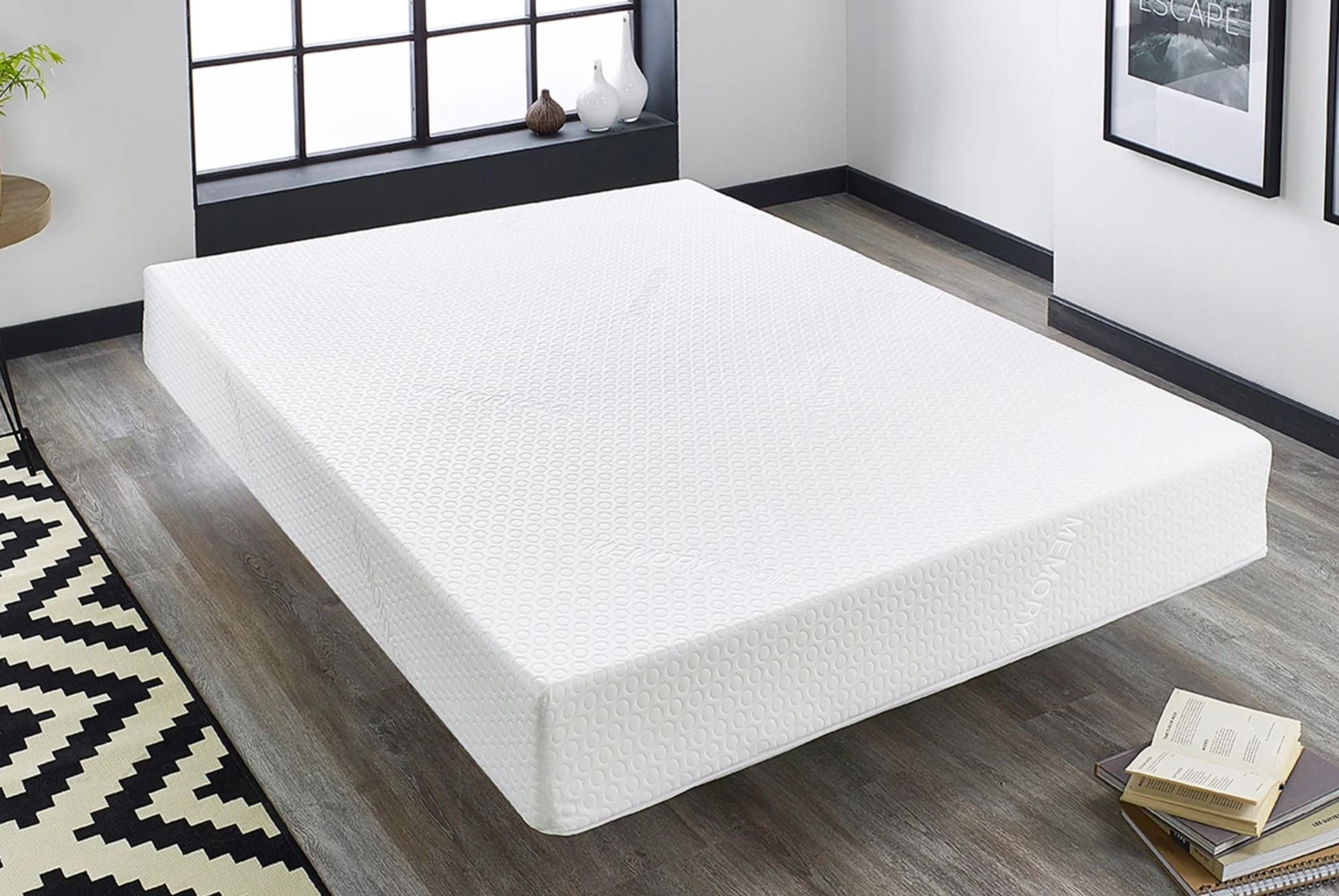
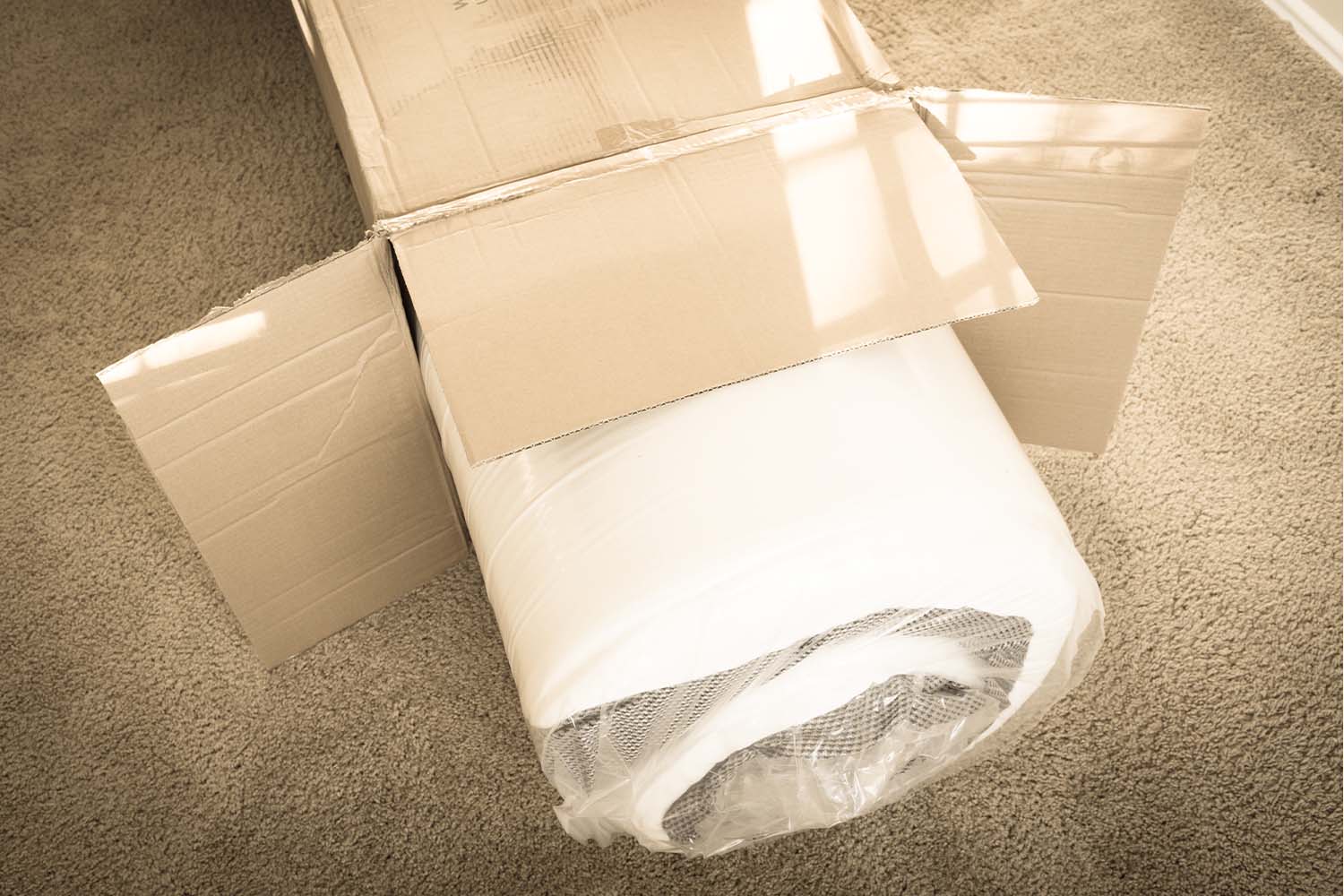
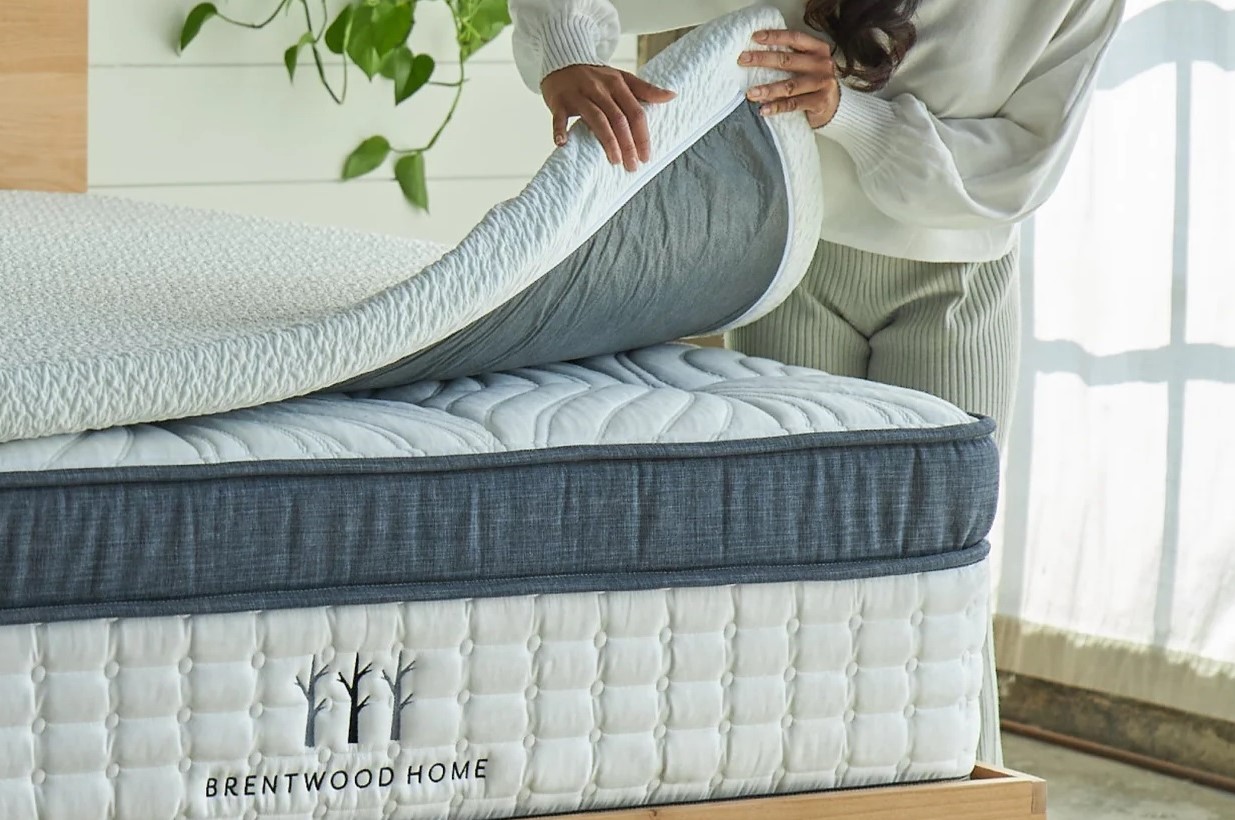

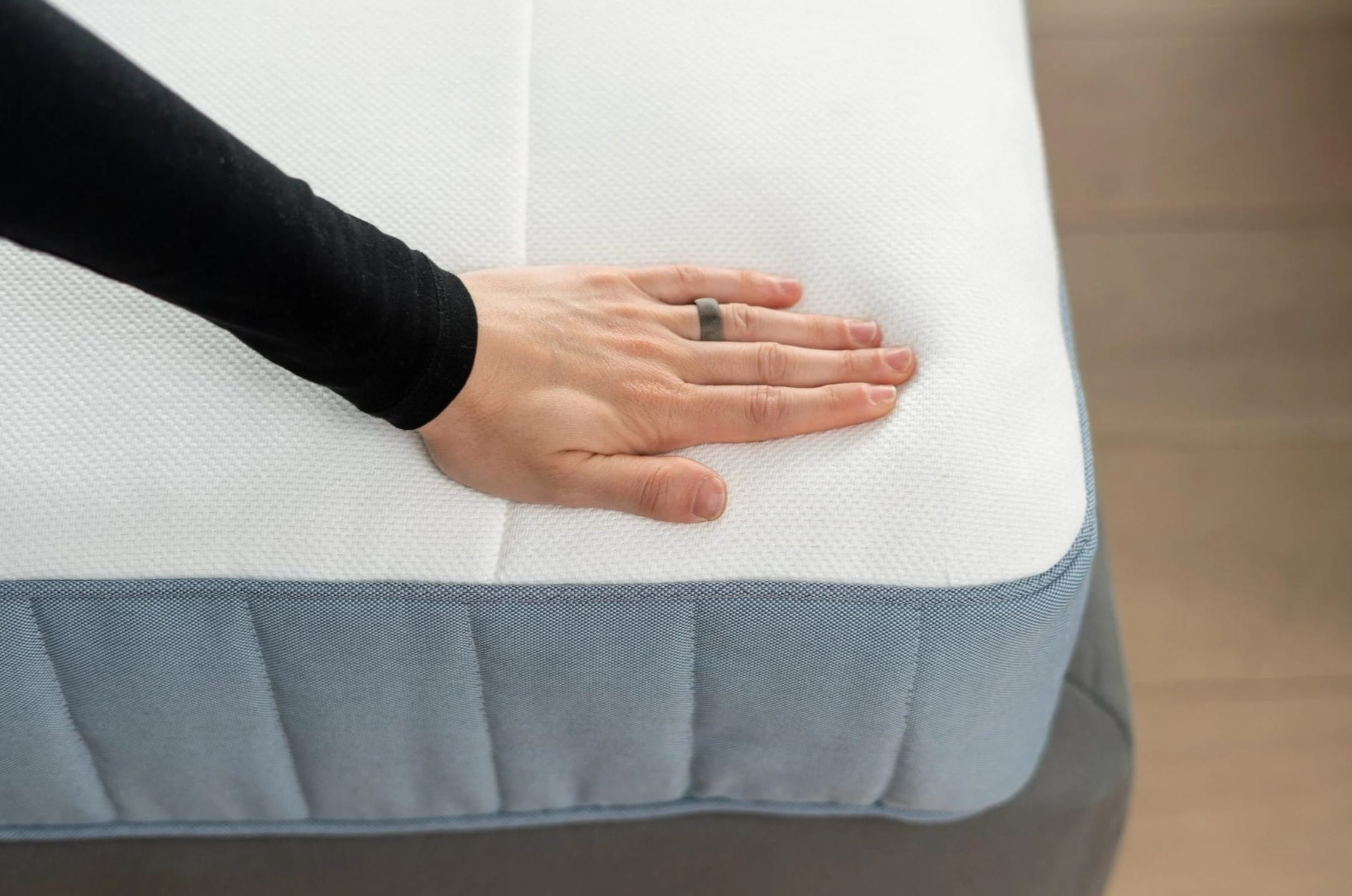

0 thoughts on “Why Does My Memory Foam Mattress Sink”